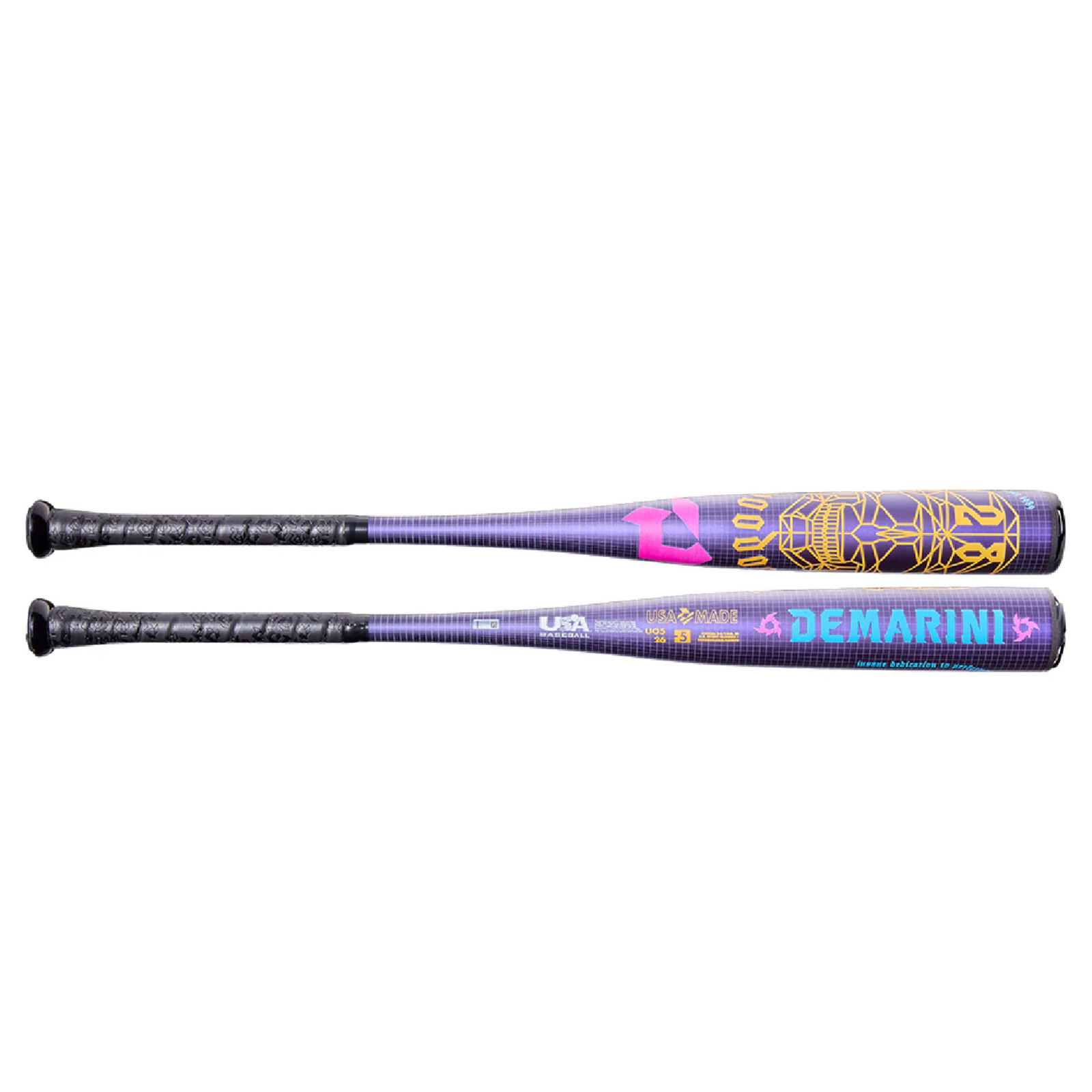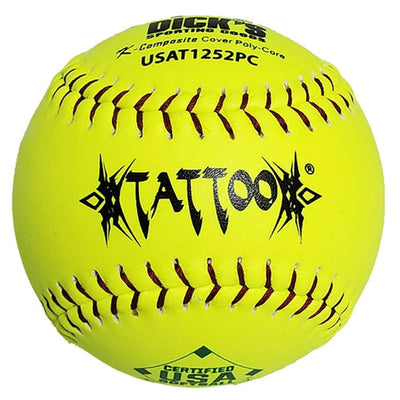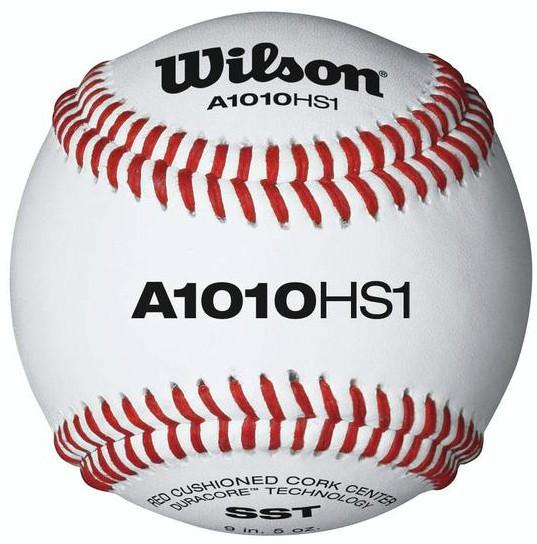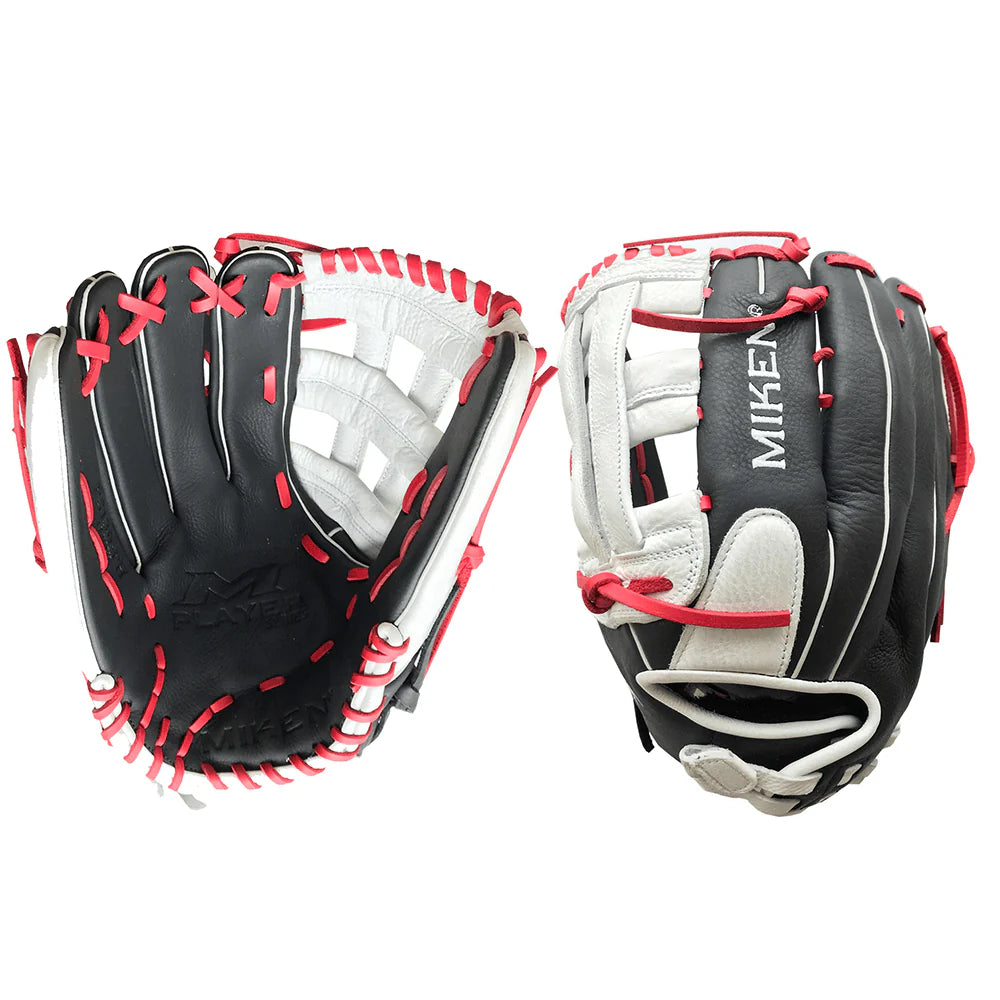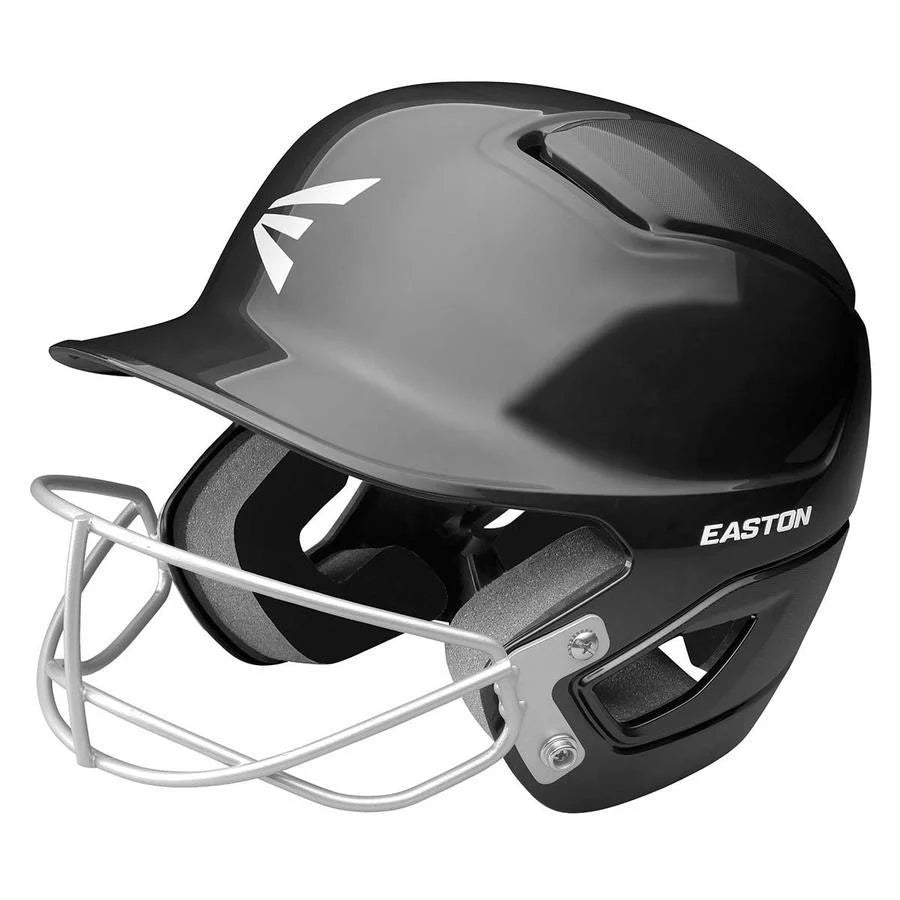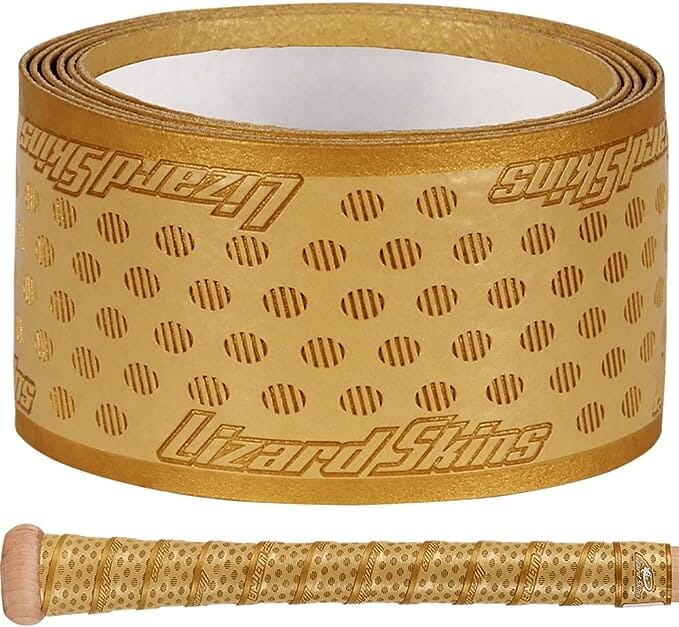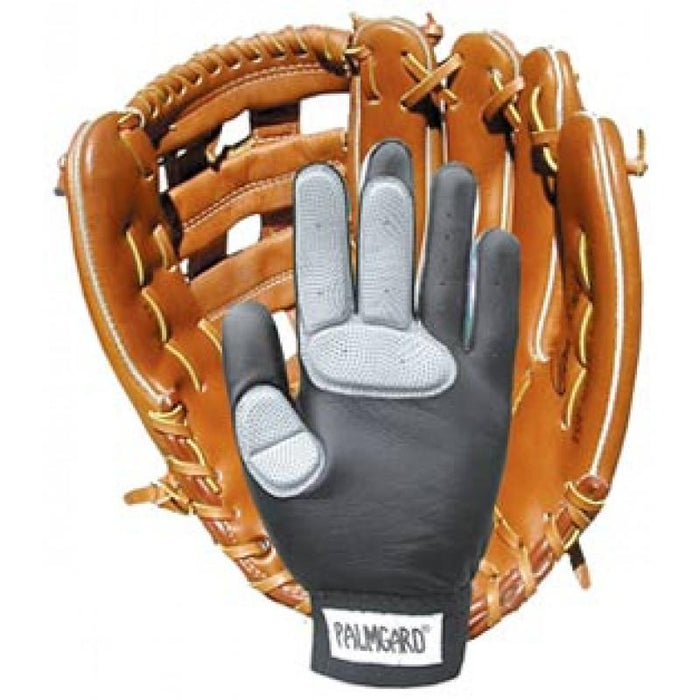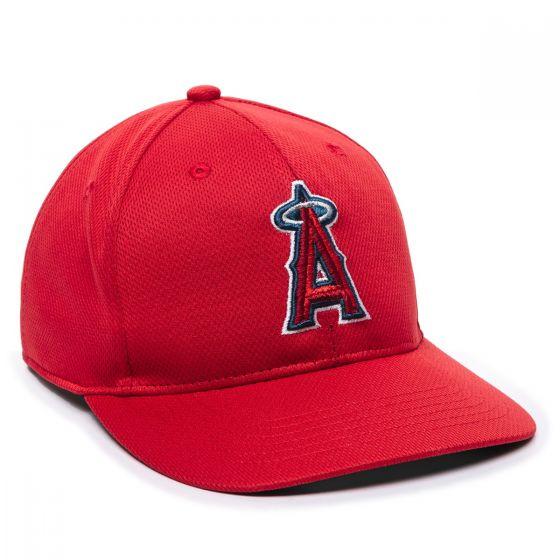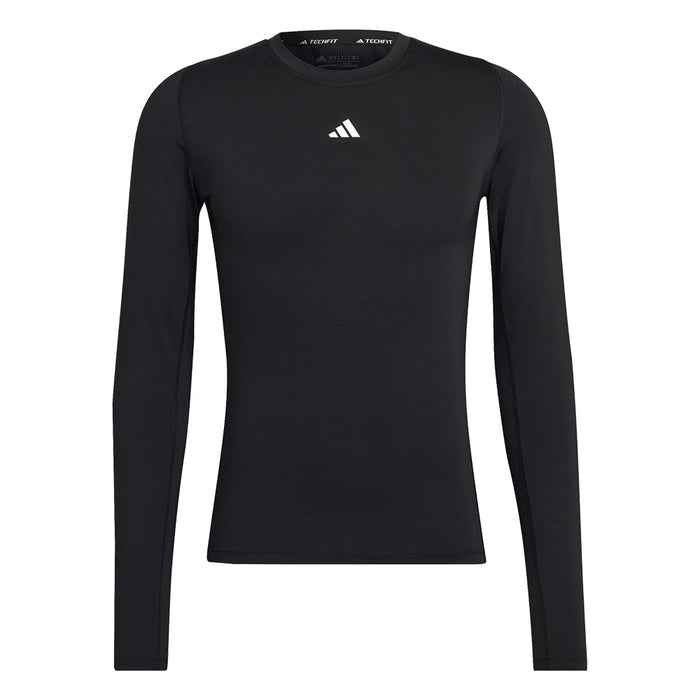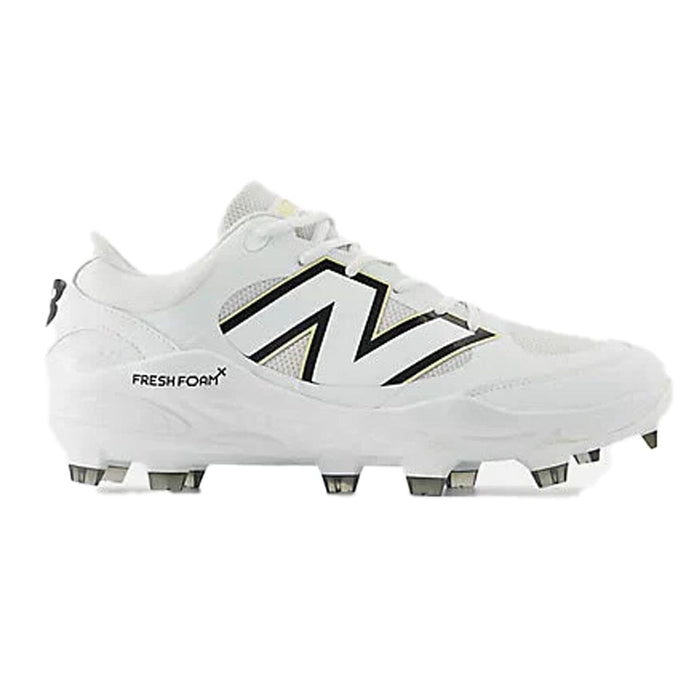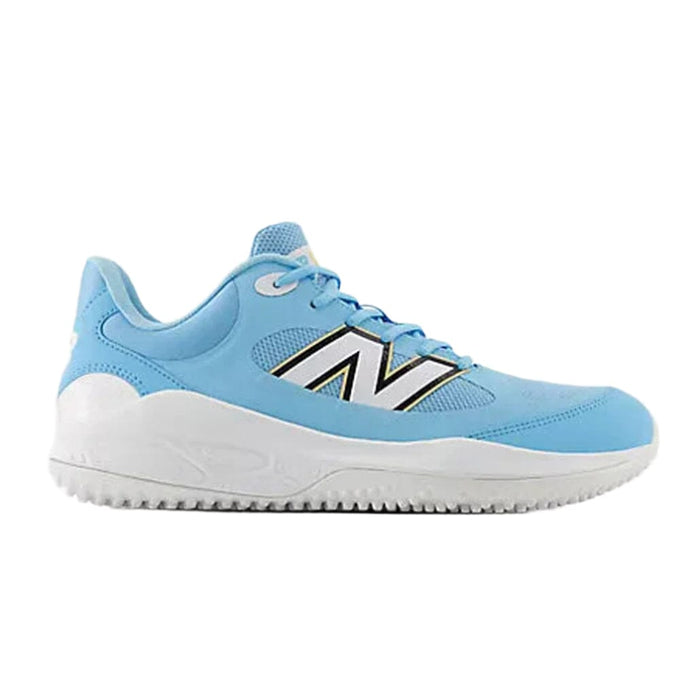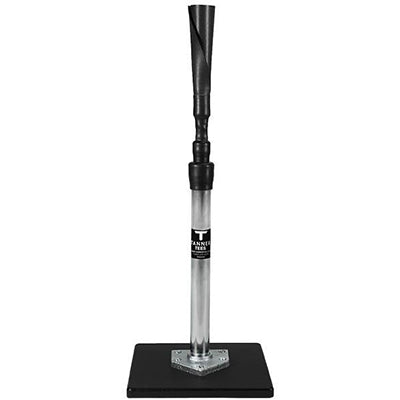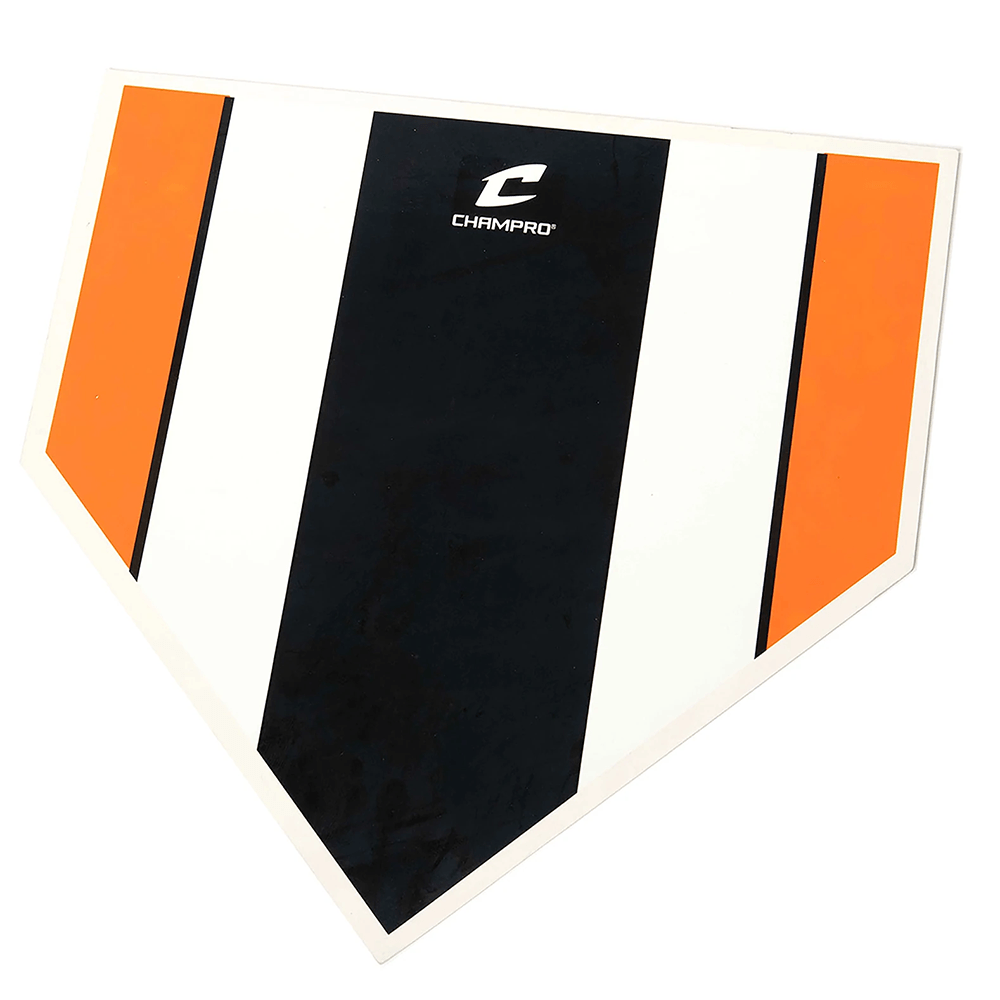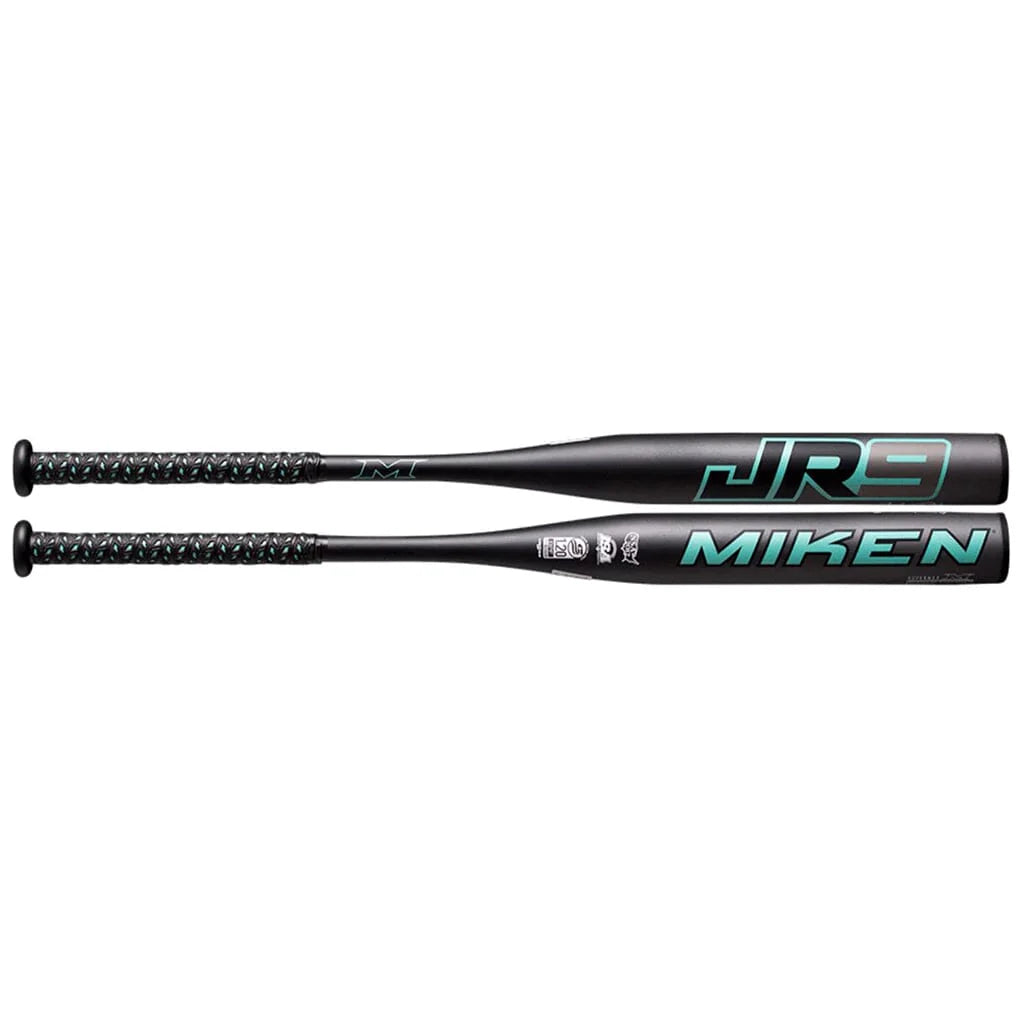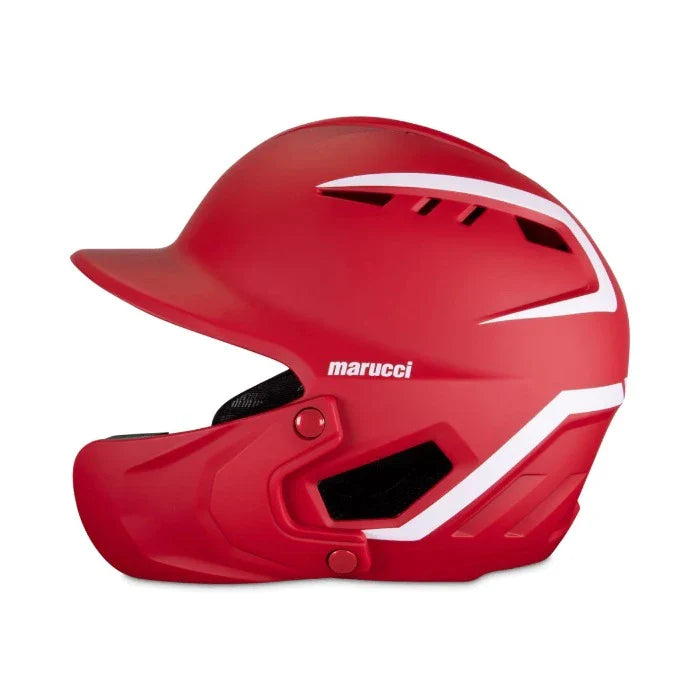A Brief History of Non-Wooden Bats
Throughout baseball and softball history, wooden bats were, for the most part, the go-to choice when it came to batting equipment. However, in today’s baseball and softball leagues, the strong presence of metallic and non-metallic bats is simply undeniable. While both major and minor leagues may hold onto the classic wooden choice, bats made of metal and a combination of many other materials are the typical choice of baseball and softball players from tee ball all the way through college. If you’ve ever wondered how these bats came to infiltrate the baseball and softball industry, check out this brief history on non-wooden bats.
Aluminum Makes it Big
- Aluminum bats were invented much earlier than you may think. Arriving on the scene in the 1920’s, aluminum bats spent five decades on the sideline due to poor pop and its tendency to bend and warp, resulting in overall poor performance. In 1970, Easton entered the consumer products industry with the first aluminum bats that actually could rival wooden bats. Followed closely by Louisville Slugger, the two manufacturers created a reputation for the metal bats as being more durable and balanced. Soon after these bats arrived on the market, aluminum bats quickly gained popularity and were adopted by the NCAA in 1974 along with most youth leagues.
Enter the Composite Bats
- For years, manufacturers continuously improved the aluminum bat. It didn’t take long until they were easily outperforming wooden bats. Then baseball and softball bats took another leap in the 1980’s. Seen originally in slow-pitch softball leagues, composite bats were even lighter and had more pop than the previously unparalleled aluminum bats. Though metal bats continued to improve, they now had actual competition in the realm of performance and it wasn’t long until composite bats found themselves taking over little leagues, as well as high school baseball and softball teams. It wasn’t long before bats were pushing the sports to their limits and changes had to be made.
Institutional Intervention
- Just like Icarus, composite bats flew too close to the sun and performed so well that they actually endangered baseball and softball players of all ages. For years, parents, government officials, and coaches alike complained that baseball and softball took a turn for the worse. However, in 2011 changes were finally made. BBCOR regulations were introduced and the extreme performance of composite bats were dulled down to play more like the wooden bats that were still being used in the major leagues. Although aluminum bats had become less popular in youth leagues due to safety concerns, they saw a resurgence once these regulations were put in place.
The Future
- The immediate future of baseball and softball manufacturing will most definitely be shaped by the newest wave of regulations- this time enforced by USA Baseball. Unlike the regulations previously put into place by BBCOR, which were predominantly based on safety concerns, these new rules are cited to be for the integrity of the sport. Since the regulations are so new, it will surely be interesting to not only see if players prefer playing with bats that further emulate the classic wooden bat, but also what manufacturers will do to improve performance while staying within the industry’s mandatory guidelines.

